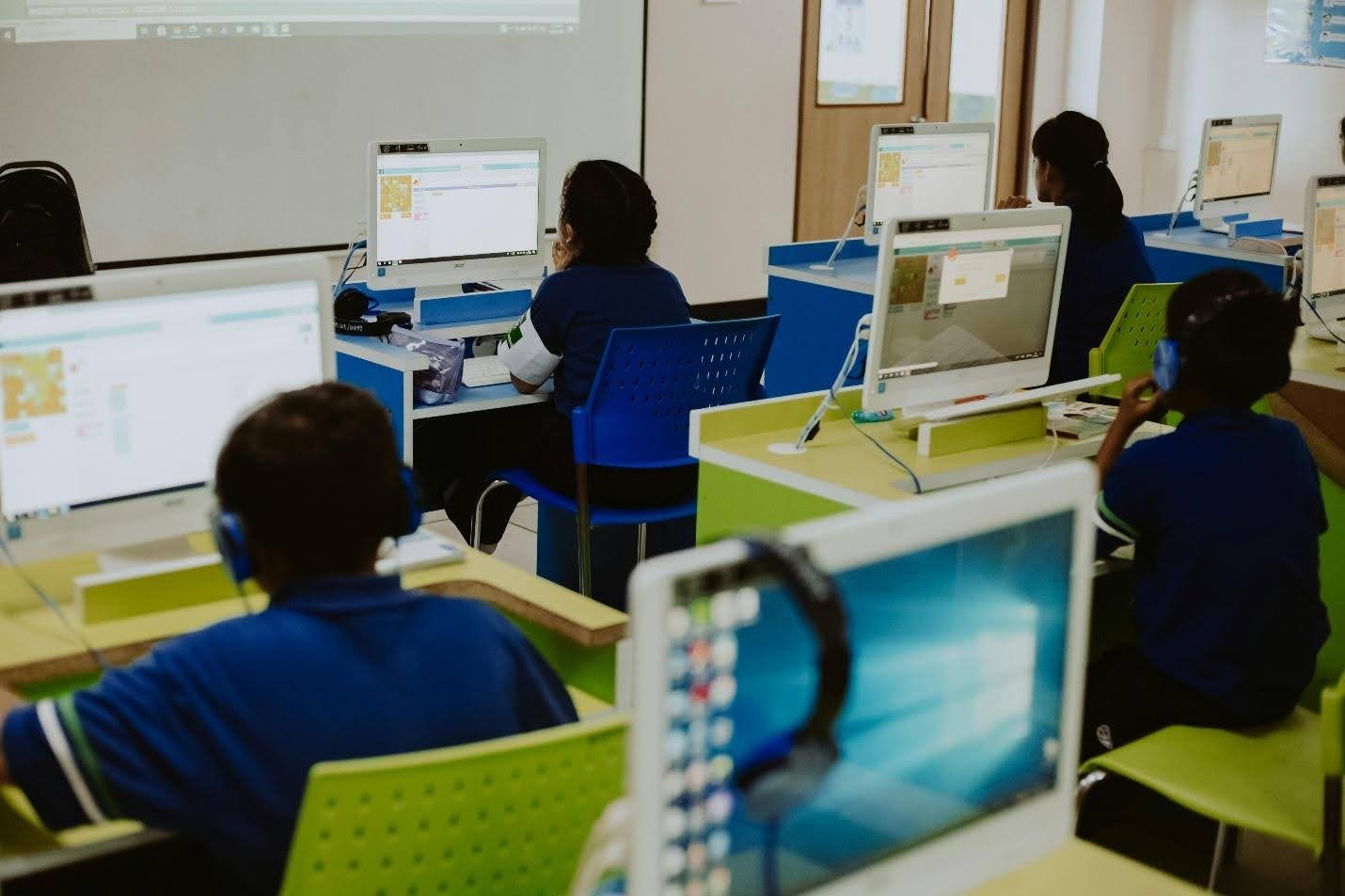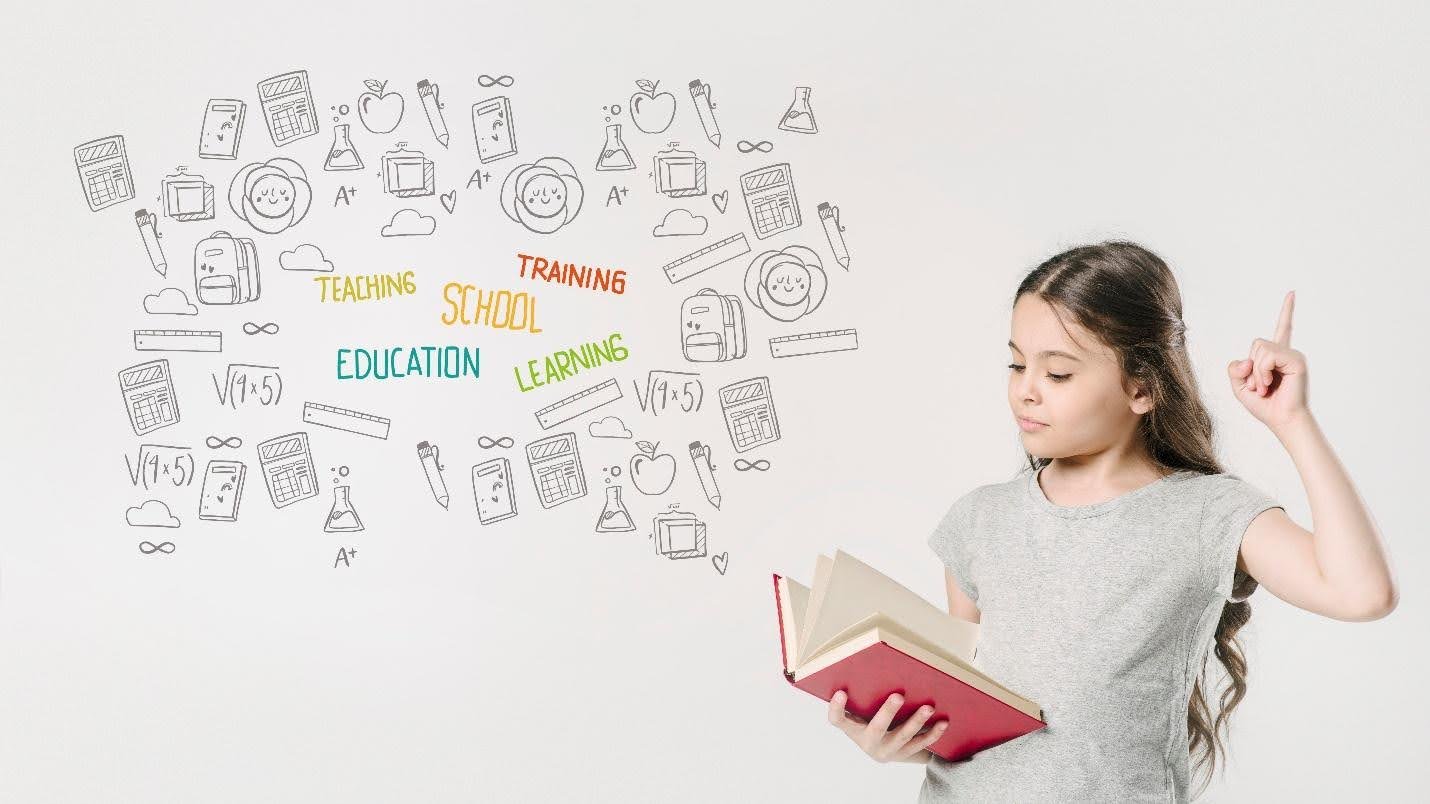Which Country Has the Best Education System in the World?
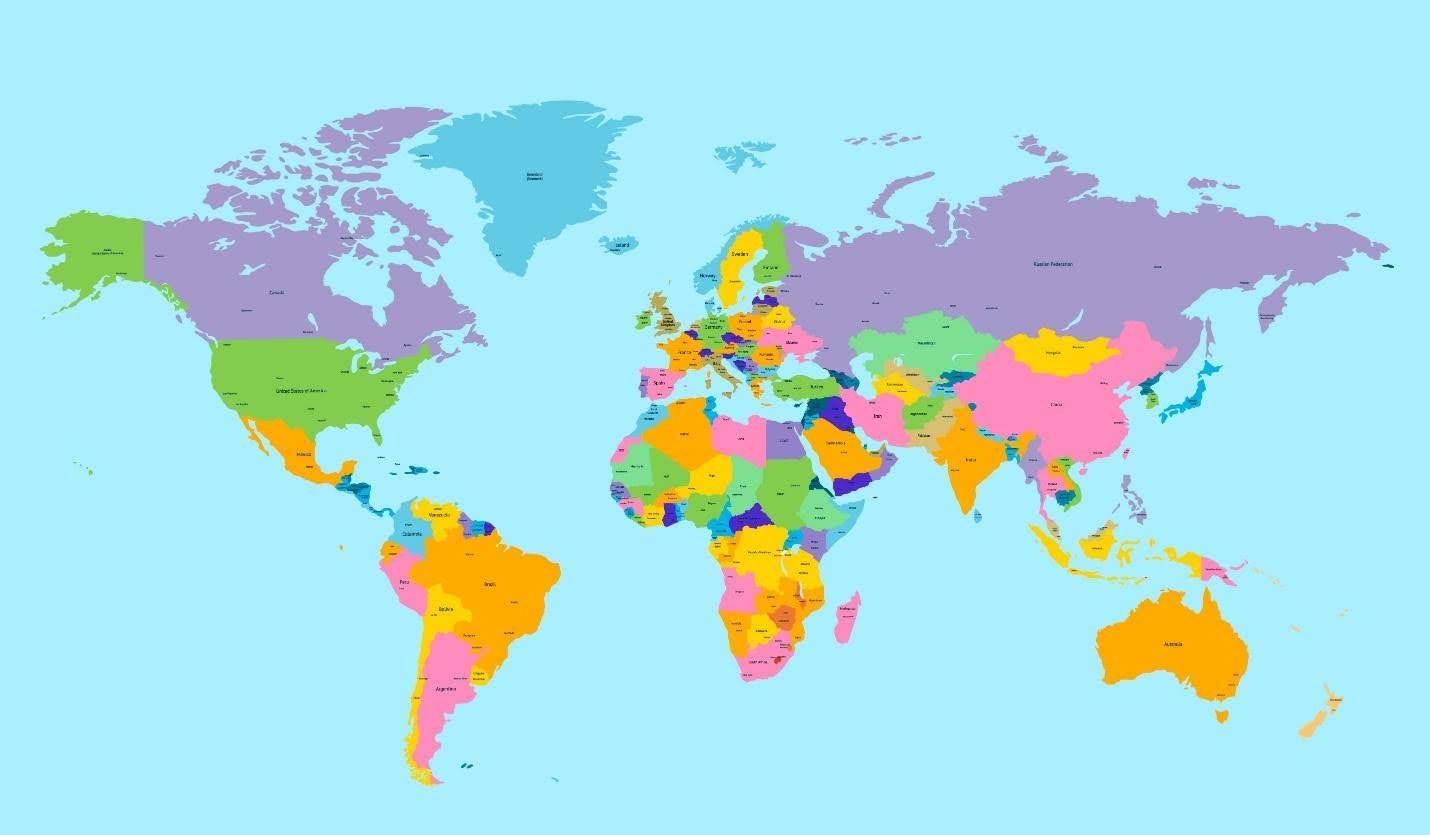
Education is the foundation of a country’s future. In a world driven by innovation, knowledge, and human capital, countries that invest wisely in education are setting the stage for sustainable growth and global competitiveness. But the question remains: Which country has the best education system in the world? The answer is not as simple as it seems.
Table of Contents
ToggleLet’s explore which countries consistently top global rankings and why their systems are models for success.
What Defines a Great Education System?
When evaluating education systems, experts look at several key indicators, including:
– Literacy rates
– Quality of curriculum
– Student-teacher ratio
– Accessibility and equity
– International test scores (PISA, TIMSS, etc.)
– Higher education performance
According to the OECD Programme for International Student Assessment (PISA), student performance in reading, math, and science offers a global benchmark.
Top Countries With the Best Education Systems
1. Finland

Finland is frequently cited as having the best education system in the world.
Why Finland leads:
– No standardized testing until high school
– Short school days with longer recess
– Highly qualified teachers with master’s degrees
– Emphasis on creativity, collaboration, and equality
Finland values student well-being over academic pressure. According to BBC, Finnish students are some of the happiest in the world—and it shows in their academic performance.
Fun fact: Finnish kids don’t start formal education until age 7.
2. South Korea
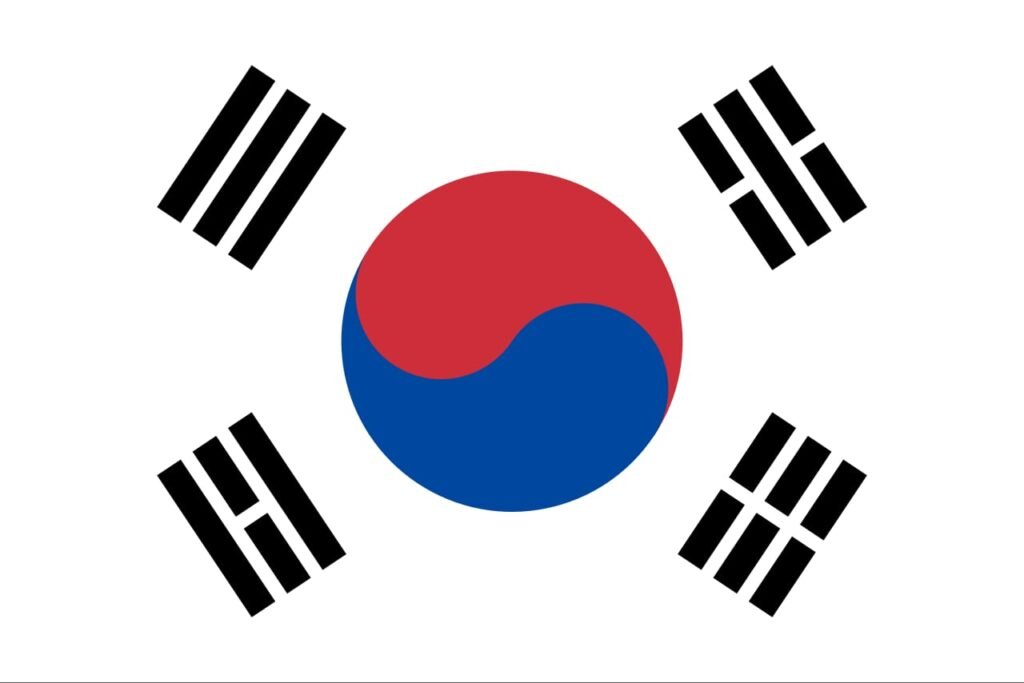
South Korea is known for its rigorous academic culture and high expectations.
Key strengths:
– Strong emphasis on STEM education
– High literacy and numeracy skills
– Extensive use of technology in classrooms
– Heavy investment in private tutoring (hagwons)
Despite concerns about student stress, South Korea consistently ranks high in PISA results. The government is now working to balance rigor with creativity.
3. Japan

Japan has one of the highest literacy rates in the world and a reputation for academic excellence.
Why Japan stands out:
– National curriculum with a focus on ethics and discipline
– High-performing students in math and science
– Strong work ethic and respect for teachers
– School lunches, cleaning duties, and moral education build responsibility
Japan ranks highly on the UNESCO Global Education Monitoring Report, with strong outcomes in primary and secondary schooling.
4. Singapore
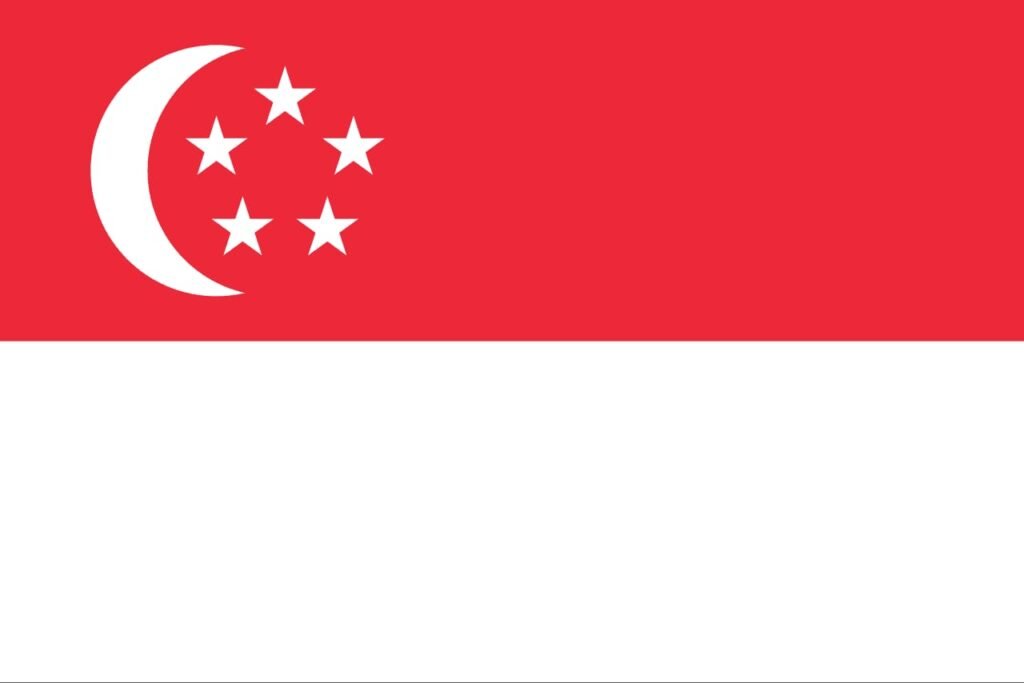
Singapore’s education system is small but mighty. It is often ranked among the top three in global rankings.
Notable features:
– Structured and merit-based system
– Investment in bilingualism and innovation
– Outstanding performance in international assessments
– Highly paid and trained teachers
According to World Bank Education Statistics, Singapore leads in producing graduates with critical thinking and problem-solving skills.
5. Canada
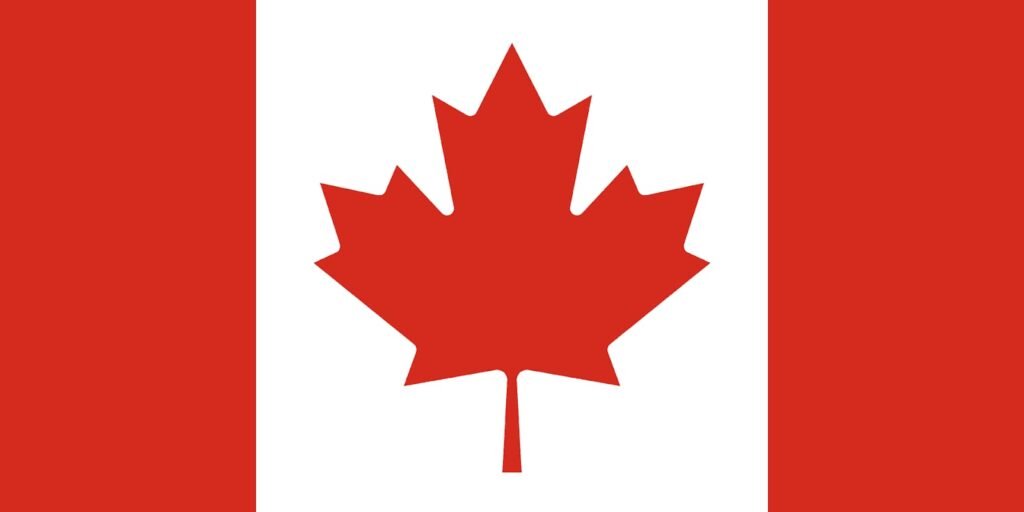
Canada is consistently ranked as the top education system in the Western hemisphere.
What makes Canada exceptional:
– Strong public school system
– High school completion rate above 90%
– Multicultural curriculum and inclusive policies
– Free primary and secondary education
Canadian students rank above the OECD average in reading, math, and science. The Fraser Institute regularly tracks performance across provinces, revealing impressive outcomes even in rural areas.
6. Netherlands
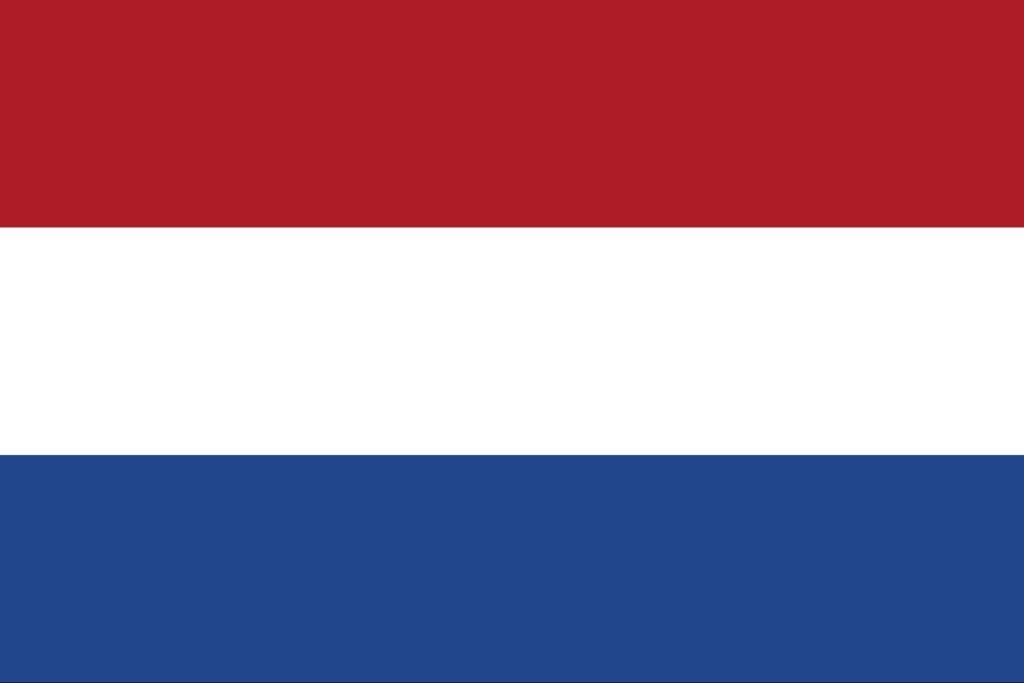
The Netherlands offers a student-centered, flexible education system.
Distinctive qualities:
– Multiple education tracks to suit different learners
– Excellent English-language instruction
– Low dropout rates and high tertiary enrollment
– Emphasis on student well-being and life balance
Dutch schools focus on creating happy, well-rounded individuals rather than just top scorers. According to Education First’s English Proficiency Index, the Netherlands has one of the best non-native English-speaking populations.
Global Rankings and Metrics
Several global reports help us compare education systems:
1. PISA (OECD)
2. Human Development Index (UNDP)
3. World Economic Forum Education Quality Rankings
4. QS World University Rankings
While rankings fluctuate, the top contenders are often the same, with variations based on criteria and weighting.
Conclusion: Is There a Perfect System?

The truth is, no education system is perfect. What works in one country may not translate well to another due to differences in culture, governance, and resources.
However, the best education systems share common traits:
– Equity and access for all students
– High-quality teacher training
– Focus on holistic development
– Emphasis on critical thinking, not rote learning
– Adaptability to future challenges
As we move into an AI-driven future, countries must rethink education to foster creativity, ethics, and global citizenship.
What Pakistan Can Learn to Become a Top Education Nation

Pakistan is at a pivotal juncture: with a youth bulge—approximately 64% of the population is under 30, and around 34% are aged 0–14. The country has an enormous human capital advantage if education is prioritized. However, major challenges persist:
– Only 60–68% of children finish primary school
– As of 2019–20, nearly 20 million children were out of school, and current trends suggest there could be 26–28 million by 2025
– Youth literacy (ages 15–24) stands at around 73%, but adult literacy remains at approximately 62.8%, with significant gender disparities—female literacy at around 52% versus 73% for males
– Pakistan spends only 1.7–1.9% of GDP on education—well below the global average of 4–6% recommended by UNESCO and UN frameworks
To leverage its demographic advantage and improve outcomes, Pakistan can:
1. Increase education funding to at least 4% of GDP, ensuring investments in infrastructure, teacher recruitment, and technology.
2. Close the gender gap by targeting girls’ enrollment—especially in provinces like Baluchistan and Sindh where female out-of-school rates peak at 75% in some districts
3. Strengthen early childhood and primary schooling, reducing dropout rates and boosting completion stats beyond the current ~ 68%.
4. Enhance youth literacy and vocational training, integrating digital literacy, critical thinking, and STEM—areas where global leaders like Finland and Singapore excel.
5. Use data-driven policy (e.g., leveraging ASER, PISA, and national assessments) to identify gaps and scale successful models, especially in underserved rural areas.
6. Empower teachers with continuous training, fair compensation, and community support.
By mobilizing around its young majority and committing to measurable goals—such as those outlined in Pakistan Vision 2025 (90% literacy, 100% primary completion)—and global targets like SDG 4, Pakistan can transform its education system into a driver of national development and global competitiveness.
Final Thoughts
Whether you’re a parent, student, policymaker, or educator, looking at international education models can inspire positive change. While there’s no single “best” country, there are best practices we can all learn from.
